Chandra Shekhar Azad is remembered as one of the greatest revolutionaries in India’s struggle for freedom. His unwavering commitment to liberating the country from British rule, coupled with his charismatic leadership and bold actions, made him a legend in Indian history. This blog post delves into the remarkable life of Chandra Shekhar Azad and his crucial role in the Indian independence movement.
Early Life of Chandra Shekhar Azad
Born in 1905 in Alirajpur, Madhya Pradesh, Chandra Shekhar Azad grew up in challenging circumstances. Despite his family’s financial struggles, Azad’s mother, Jagrani Devi, ensured he was nurtured with strong values and a sense of purpose. From an early age, Azad displayed an independent spirit and an intense desire to fight against injustice.
Azad’s initial involvement in the freedom struggle began during the Non-Cooperation Movement launched by Mahatma Gandhi in 1921. He was only 15 years old when he was arrested for participating in protests. When presented before a magistrate, he declared his name as “Azad” (meaning free), his father’s name as “Swatantra” (freedom), and his residence as “jail.” This fearless act earned him the nickname “Azad,” which he proudly carried throughout his life.
Breakaway from Non-Violent Methods
While Chandra Shekhar Azad initially supported Mahatma Gandhi’s non-violent approach, the abrupt end of the Non-Cooperation Movement after the Chauri Chaura incident disillusioned him. He realized that more aggressive and radical methods were necessary to overthrow British rule. This led him to join the Hindustan Republican Association (HRA), founded by Ram Prasad Bismil.
Azad soon became a key figure in the organization, contributing significantly to its transformation into the Hindustan Socialist Republican Association (HSRA) with a socialist ideology. He believed that true freedom would only be achieved through armed revolution, and under his leadership, HSRA carried out several daring operations against the British.
The Kakori Train Robbery: A Daring Act
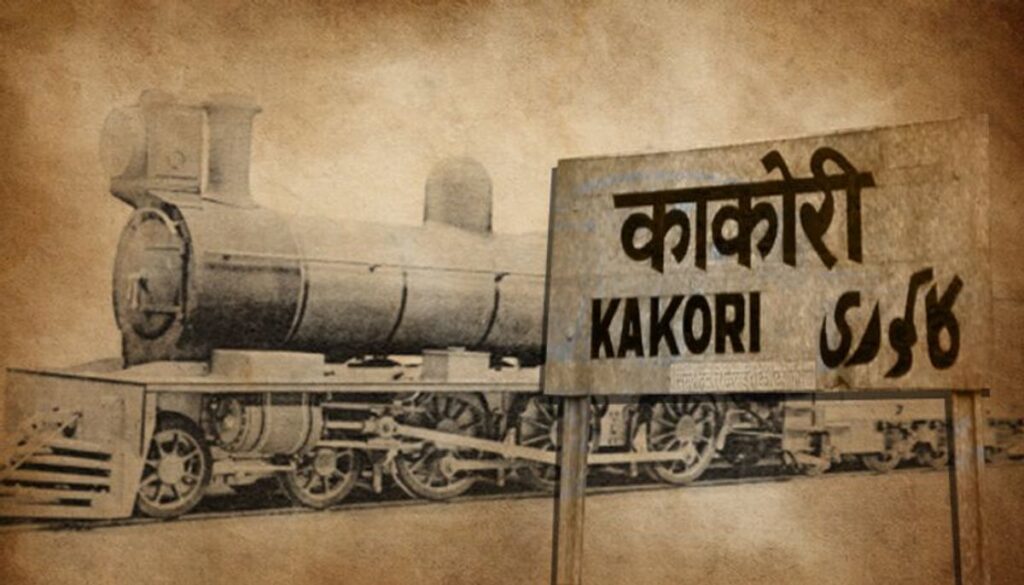
One of Azad’s most notable contributions was his involvement in the famous Kakori train robbery in 1925. The objective of this daring act was to loot government funds being transported by train to finance revolutionary activities. Azad, along with Ram Prasad Bismil, Ashfaqulla Khan, and other revolutionaries, successfully executed the plan.
However, the British government launched a massive crackdown, arresting several members of the HRA. Despite intense efforts by the police, Azad managed to evade capture, solidifying his reputation as a master of disguise and escape. This incident highlighted Azad’s strategic acumen and commitment to the cause.
Avenging Lala Lajpat Rai’s Death

In 1928, Lala Lajpat Rai, a prominent leader of the Indian National Congress, led a protest against the Simon Commission in Lahore. The British police, led by Superintendent James Scott, brutally lathi-charged the protesters, resulting in Lajpat Rai’s death. This incident enraged Azad and his fellow revolutionaries.
Determined to avenge Rai’s death, Azad, along with Bhagat Singh, Rajguru, and Sukhdev, planned and executed the assassination of J.P. Saunders, a British police officer mistaken for Scott. This act of vengeance was a turning point in India’s revolutionary movement, inspiring many young Indians to join the fight for freedom.
Leadership and the Reorganization of HSRA
After the death of key leaders like Ram Prasad Bismil, Azad assumed the leadership of HSRA. He played a vital role in reorganizing the group and recruiting new members. Azad’s leadership was marked by discipline, strategic thinking, and a deep commitment to the cause of independence.
Under his guidance, the HSRA expanded its operations, conducting several attacks on British officials and institutions. Despite constant threats from the police, Azad continued to lead the movement, often working from underground hideouts. His ability to inspire and motivate his comrades was a key factor in the organization’s success.
The Final Battle at Alfred Park

Azad’s life came to a heroic end on February 27, 1931, in Alfred Park, Allahabad (now Chandra Shekhar Azad Park). Betrayed by an informant, he found himself surrounded by British police. Refusing to be captured alive, Azad fought valiantly, single-handedly holding off the police for hours. When he ran out of ammunition, he used his last bullet to shoot himself, staying true to his vow of never being taken alive by the British.
Azad’s death was a significant blow to the revolutionary movement, but his legacy lived on. His bravery and sacrifice inspired countless Indians to continue the struggle for independence.
Legacy of Chandra Shekhar Azad
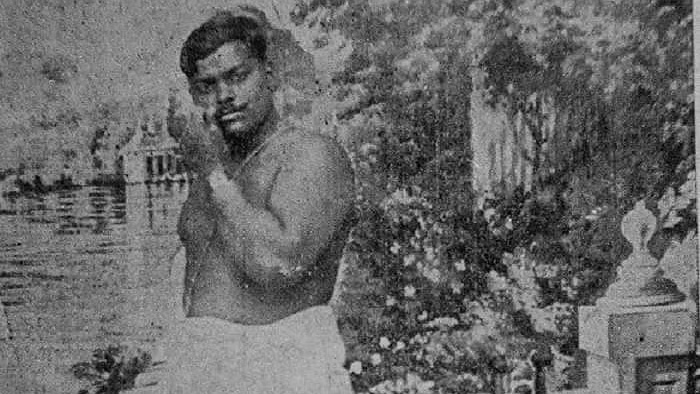
Chandra Shekhar Azad’s role in the Indian independence movement was unparalleled. He epitomized courage, selflessness, and an unyielding spirit. Despite facing immense personal hardships, he remained committed to the cause of freedom until his last breath.
Azad’s legacy is preserved in the hearts of millions of Indians. Several institutions, parks, and streets have been named after him to honor his contribution to the nation. His life story continues to inspire young generations to stand up for justice and fight against oppression.
Conclusion

Chandra Shekhar Azad’s life was a testament to the power of courage and sacrifice. He played a pivotal role in India’s independence movement by leading revolutionary activities, inspiring his comrades, and fearlessly challenging British authority. His unwavering resolve, brilliant leadership, and ultimate sacrifice made him a true hero of India.
As we remember Azad, it is essential to honor his ideals and commitment to the nation. His story serves as a reminder of the sacrifices made by countless revolutionaries who fought for India’s freedom. Chandra Shekhar Azad’s life and legacy will forever remain an integral part of India’s history.
Related posts:
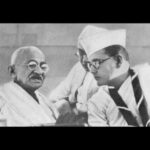 What Was The Role of Subhas Chandra Bose In Indian Independence Movement?
What Was The Role of Subhas Chandra Bose In Indian Independence Movement?
 What Was The Role Of Muslim League In Indian Independence Movement?
What Was The Role Of Muslim League In Indian Independence Movement?
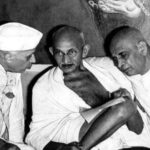 What Was The Role Of Jawaharlal Nehru In Indian Independence Movement?
What Was The Role Of Jawaharlal Nehru In Indian Independence Movement?
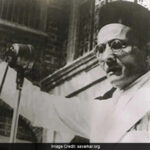 What Was The Role Of Vinayak Damodar Sawarkar In Indian Independence Movement?
What Was The Role Of Vinayak Damodar Sawarkar In Indian Independence Movement?
 What Was The Role Of Hindu Mahasabha In Indian Independence Movement?
What Was The Role Of Hindu Mahasabha In Indian Independence Movement?
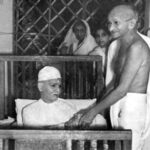 Which Techniques Was Better Udarvadi (Moderate) and Krantikari (Revolutionary) For Indian Independence Movement?
Which Techniques Was Better Udarvadi (Moderate) and Krantikari (Revolutionary) For Indian Independence Movement?
